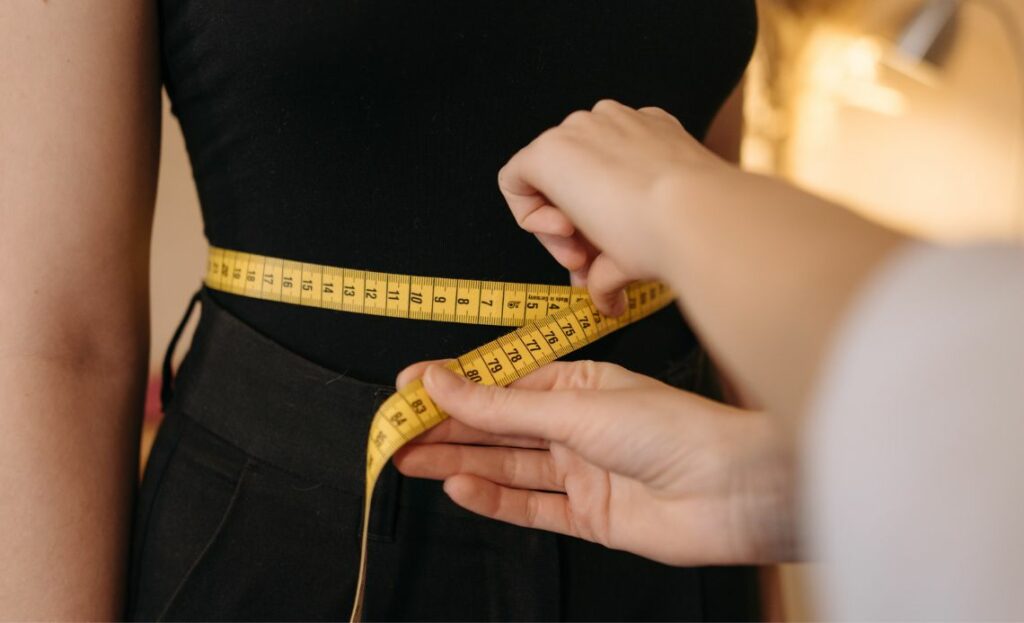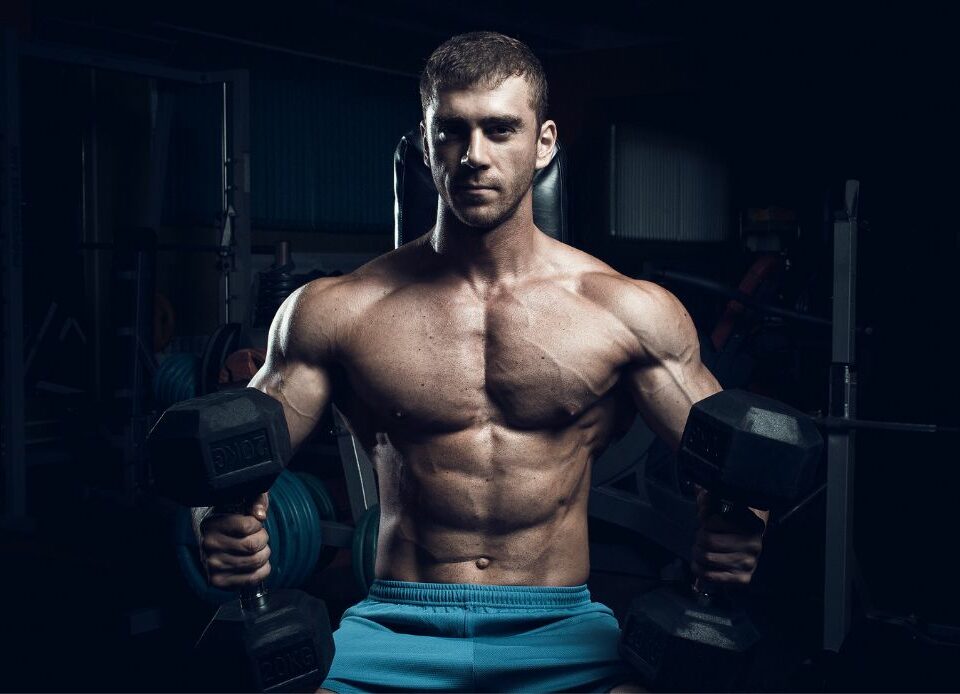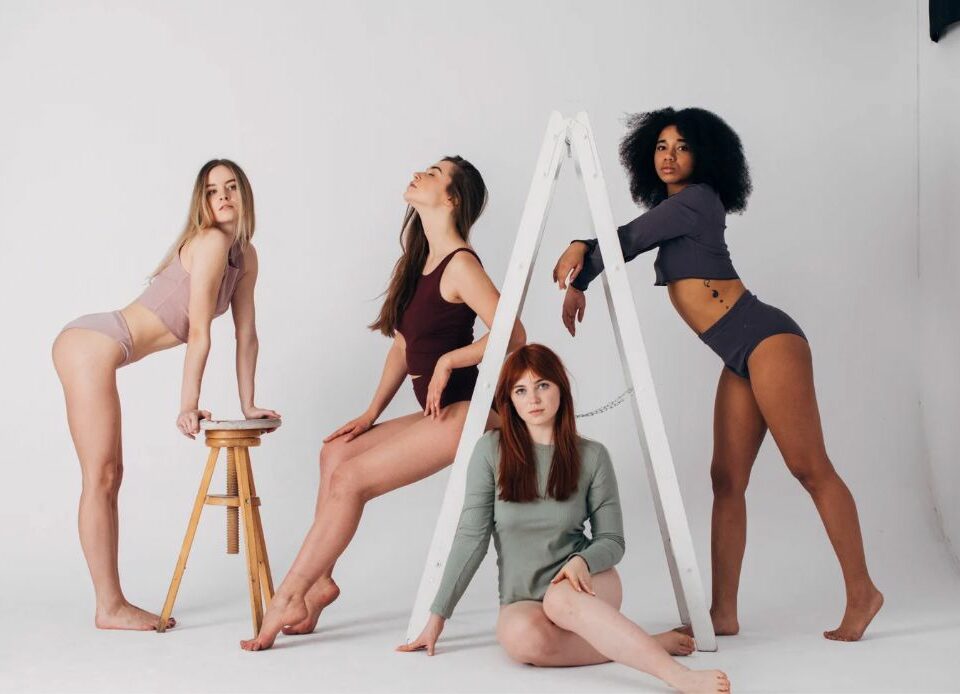Understanding Modeling Measurements: A Comprehensive Guide

As a working professional in the modeling industry, you will unavoidably be required to take precise measurements of models to design clothing, accessories, and even haircuts for those models. The question is, what exactly are modeling measurements? What makes them so significant? How exactly should the measurements be taken?
What are Modeling Measurements?
Modeling measurements are numerical values obtained to determine the particular proportions of a model’s body. These measurements are then utilized to produce garments, footwear, accessories, and even wigs and cosmetics for the model that will exactly fit her body. Modeling measures normally comprise the bust, waist, hip, and inseam, as well as the length of the arm and leg. Other measurements may also be included.
Why are Modeling Measurements Important?
Accurately measuring a model is necessary to provide clothing and other accessories that fit that model well. It is essential to take accurate measurements to create clothing designs that appear suitable for the model and showcase their qualities. In addition to preventing wardrobe disasters and ensuring that the model is comfortable during photoshoots and runway displays, taking accurate measurements is an important step.
The Different Types of Modeling Measurements
Body and clothing measurements are the two primary categories that can be utilized when determining modeling measurements. Measurements collected straight from a model’s body are called body measurements, while measurements taken from clothing or accessories are called garment measurements.
How to Take Accurate Modeling Measurements
Obtaining accurate measurements for a model calls for a focus on detail and using high-quality instruments. Follow these guidelines to ensure precise measurements:
Choosing the Right Measuring Tools
It would help to have the right measuring tools to take accurate measurements. These may include tape measures, rulers, and calipers, among others.
Preparing the Model for Measurement
Make sure the model stands tall and comfortably with their feet spaced slightly wider than shoulder-width apart before taking measurements. No bulky items of clothes or jewelry should be worn by the subject during the measurements.
Taking the Measurements
Measurements are taken by positioning the measuring device on the model at predetermined points and writing down the resulting numbers. When taking measures, ensure the tool is neither snug nor loose.
Recording the Measurements
After completing each measurement, please write down the result in a notepad or enter it into a spreadsheet on the computer. Thanks to this, you will be able to keep track of each measurement and refer back to it whenever necessary.
Common Modeling Measurements
Here are some of the most common modeling measurements you may need to take:
- Bust Measurements: Bust measurements are taken around the fullest part of the bust, typically at nipple height.
- Waist Measurements: The measurement is taken at the smallest part of the waist, often just above the belly button.
- Hip Measurements: The widest area of the hip is where the measurement is taken to get an accurate result.
- Inseam Measurements: The crotch is the starting point for the inseam measurement, extending down to the bottom of the ankle bone.
- Arm and Leg Length Measurements: Arm length is measured from the shoulder to the wrist, and leg length is taken from the hip to the ankle.
- Shoulder and Neck Measurements: Shoulder measurements are taken from the collarbone to the end of the shoulder, while the length of the neck is measured from the center back of the neck to the tip of the ear.
- Head and Hat Measurements: Head and hat measurements are taken around the forehead and the widest part of the head, respectively.
Tips for Taking Accurate Modeling Measurements
To ensure that you take accurate modeling measurements, here are some tips to keep in mind:
- The same tools and measurement methods should always be used to guarantee accuracy.
- The model should be measured in the same location and simultaneously every time for consistency’s sake.
- Measuring should be delayed after eating or after engaging in strenuous activity.
- Ensure accuracy by remeasuring each area many times.
- Please ensure the model is at ease and doesn’t mind being observed as you take their measurements.
FAQs
How often should I take measurements of my model?
Measurements should be taken regularly, especially if the model’s body undergoes significant changes.
Can I use a tape measure to take measurements of my model?
Yes, tape measures are commonly used to take modeling measurements.
Should I take measurements before or after a model’s meal?
Measurements should be taken at least an hour after a meal to allow for digestion.
Can measurements change over time?
Yes, measurements can change over time due to weight loss or gain, muscle gain, or aging.
How can I ensure the privacy and comfort of my model during measurement sessions?
Respect the model’s privacy by ensuring they are comfortable with the measurement process and taking measurements in a private location. Also, provide a robe or cover-up for the model to wear during measurement.
Conclusion
In conclusion, accurate modeling measurements are crucial to the stability and success of the fashion and commercial photography sectors. Acquiring precise measurements is essential to ensure that clothing, accessories, and other products designed for models fit perfectly and provide comfort. It is important to maintain meticulous records of all measurements and to prioritize the model’s personal space and comfort throughout the process. By doing so, you can create outfits that showcase the models’ finest attributes while ensuring their ease and confidence during photo shoots and runway presentations.





